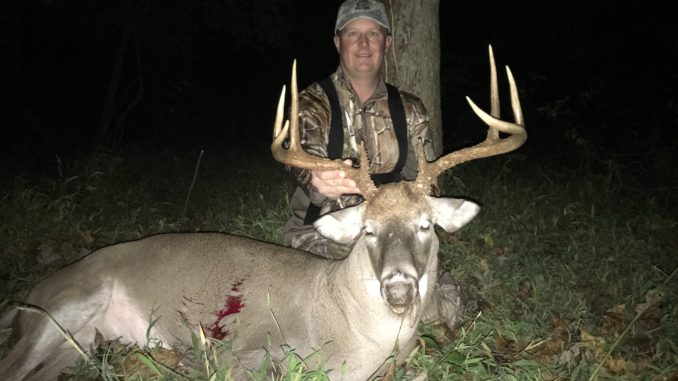
Late-season bucks can be tough, but knowing the best times and places to concentrate your efforts — and why — can be keys to putting your tag on a great December deer.
December is the last hurrah for deer hunters in North Carolina and South Carolina. If they haven’t taken a trophy yet, their chances are steadily but surely slipping away with only a few weeks left in the season.
Only a few creative hunters will get the opportunity to take one of the few-and-far-between wall-hangers left roaming Carolina woodlands. A late-season trophy is not impossible, however. Hunters who learn to coordinate their efforts with their quarry’s movement schedule can win out and tag out.
Shooting a trophy in December isn’t quite as easy as it is during the first week of the season when bucks aren’t alarmed or during the height of the rut when they are sex-crazed. Statistically, fewer deer are out there, but enough mature bucks are still around to keep hunters engaged. Bucks that are alive on Dec. 1 are the educated ones that have excelled at hunter avoidance, the mature ones with several years of survival training under their belts.
But two can play at that game.
Chad Thousand has several decades of experience in the deer woods. In the past two years alone, Thousand killed three once-in-a life bucks — scoring between 135 and 173 inches — on the tracts of land he hunts in Guilford County, N.C. He agrees that hunting for a big one can get tougher as the season winds down, but he believes they are a little more predictable, too.
“During the peak of the rut, they will often move all-day long,” Thousand said. “But as the peak weeks slip away, the movements of big bucks will start to follow a more-recognizable pattern.”
In the Carolinas, the peak of the rut fluctuates depending on a hunter’s location. A recent North Carolina study indicated that most does are bred between late October and Thanksgiving, and the peak of the rut across South Carolina is even earlier. As a result, bucks will have to search high and low for available does in December, and they may have to compete when they find them.
For bucks that want to breed in December, where they find available does will dictate these movements and patterns, and major food sources are high-percentage places to encounter a mature buck.
“Mature bucks will key in on food sources later in the season to troll for any does in heat and recoup some of their own nutritional losses,” he said.
During the rut, bucks will lose up to 15 percent of their body weight chasing does. Food sources become important places for bucks to navigate to in order to find a late-season mate and replenish their own body mass.
Thousand will change his hunting scenarios around different factors.
“You can maximize your efforts in the woods by using the moon charts and any changes in weather. I love fronts and any front is good,” he said.
Hunters can coordinate their hunting days when the time is right with the moon or during a significant change in weather.
“It doesn’t have to just be a cold front, either,” Thousand said. “Sometimes deer will move better during a warm front after a long period of cold weather later in the season.”
Thousand is a firm believer in moon charts.
“I plan my hunts on the major and minor feeding periods. There is usually one of them during the daylight hours each day, and I try to hunt those times whenever I can. I definitely focus on two factors: changes in temperature and the lunar movement periods,” he said.
Mature bucks and does that have survived a few years under the gun learn how to avoid hunters at all costs. While many mature bucks get caught off-guard early in the season or during the height of the rut, bucks that make it to December are certainly educated of the typical deer hunter’s movement patterns.
“Most hunters get in the stand before daybreak and hunt until 10 a.m. and then go back into the woods for a couple of hours before dark. In pressured areas, deer will move more outside of the normal hunting hours,” he said.
Thousand uses his trail cameras from the middle of the summer through the end of January. From his camera data, he notices deer react to his hunting patterns, and he will change the timing of his hunting trips based on the data he receives from his cameras. He will often switch up, especially when he can be in the woods for a major or minor lunar feeding period outside of the typical times for a hunting trip.
And there is also the option of hunting every hour of daylight.
“Hunting all day, from dawn to dusk, is a good way to encounter bucks trying to outsmart hunters,” Thousand said. “But a 12-hour day in the tree stand is tough to do. I would rather check my lunar feeding periods and take my most-recent trail camera photos to find the best times to sit in the stand especially when I have a specific deer in my sights.”
As the season pushes on toward Jan. 1, big, mature bucks are well educated and have it all figured out. They have learned when to travel and when to eat, but trail-camera photos and reports from successful hunters point to the fact that it is not always at night. The mature deer aren’t bedded up 24 hours a day waiting for Jan. 2 to roll around. They are actually eating more this time of year and can be encountered well into daylight hours when the typical hunter is cruising around, eating a cheeseburger at the nearest greasy spoon. For late-season success, hunters should learn to schedule their hunts around the best times to be in the woods.

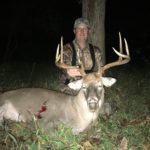
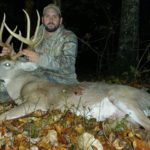

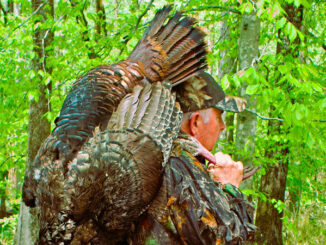
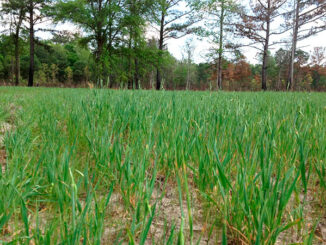

Be the first to comment